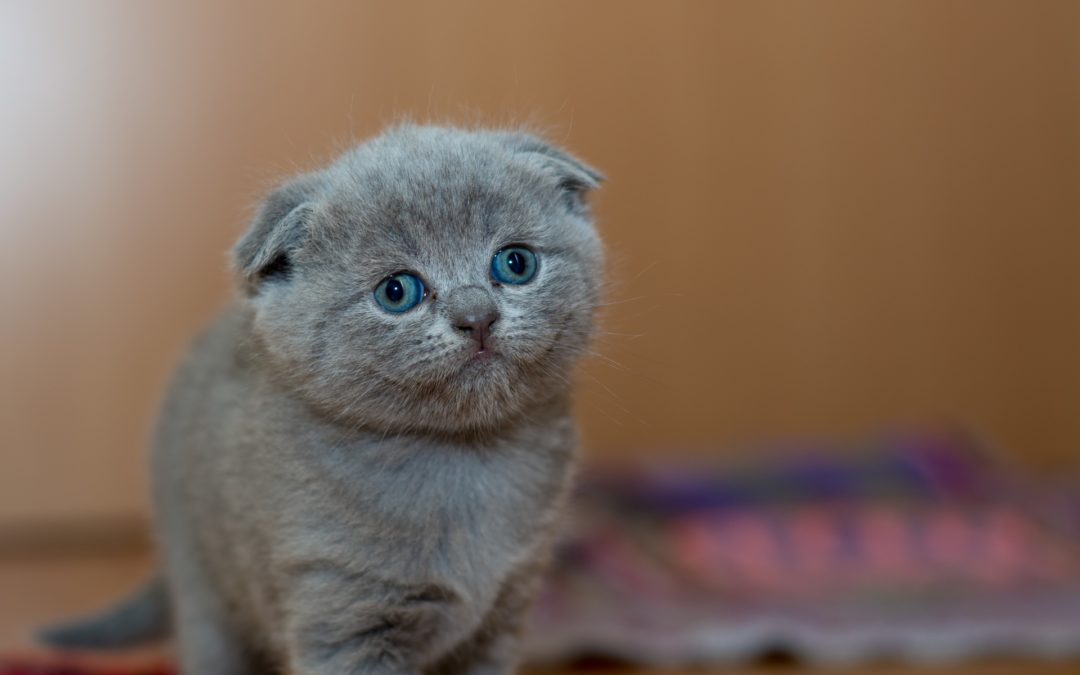Cat owners everywhere are very aware of their cat’s behavior. Some cats are more high/low maintenance than others. As much as we know that all cats have unique personalities, we all know that in general, they are pretty self-sufficient. The hardest part and figuring out your feline friend out is knowing if they are uncomfortable or in pain. Dr. Diaz and the team at Pet Care Clinic of Doral is here to help.
We have identified some signs that you cat could be in pain:
- Sensitivity to Light
- Furrowed brow,
- Hunched posture
- Reluctance to move,
- Shifting of weight,
- Straining to urinate,
- Tail Flicking,
- Teeth grinding,
- Trembling or shivering,
- Vocalizing when yawning,
- Vocalizing while eating,
- Change in food preferences ex. Type of food given
- Change in the form of feeding behavior ex. Eating slower/faster. Etc…
- Change in rate of eating—more quickly or more slowly
- Dehydration
- Vomiting.
This list can help us and pet owners determine if there any internal issues that may need to be further addressed via assessments, blood tests, ultrasounds, etc. It is important that the owner and vet are well aware of the signs of a cat in pain. Though many of these signs are a part of the natural aging process, it will go undetermined unless examined by a veterinarian.
Remember that cats are famously notorious for keeping secrets and not showing weakness. Please contact us if your cat is exhibiting any of these signs, even if it isn’t any chronic, it is important to be in the habit of noticing your cat’s behaviors.

